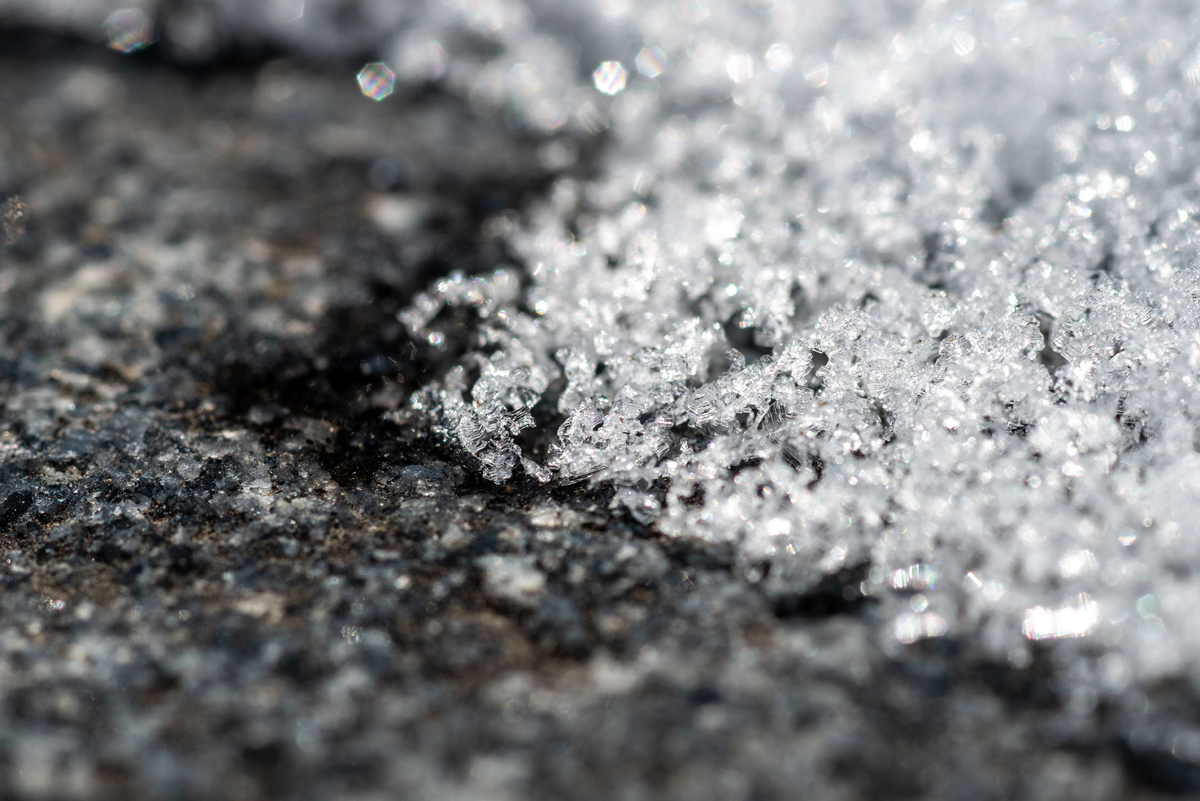Rock salt and ice melt salt are both used to melt ice and snow. Which is better for your specific needs – rock salt or ice melt?
What Is Rock Salt?
Rock salt is also known as sodium chloride. It is commonly used as a de-icing agent, responsible for melting both ice and snow. It is a naturally occurring mineral, harvested from underground salt deposits.
Rock salt is made of small, granular crystals that spread on icy surfaces and ultimately lower the freezing point of water. This helps to eventually melt the ice altogether. When mixed with ice or snow, this salt forms a brine solution that melts the ice and prevents any further ice formation. Rock salt is commonly used for de-icing driveways, roads, parking lots, and sidewalks during the winter.
Pros And Cons Of Rock Salt
Here are a few of the benefits associated with the use of rock salt:
- Cost-effective.
- Widely available.
- Easy to apply.
- Long-lasting effects.
- Can be used at various temperatures.
- Minimal surface damage.
The cons of using rock salt include:
- Potentially harmful environmental impact.
- Limited residual effects.
- Limited capabilities on thick ice.
- Limited capabilities in extreme cold.
- Corrosive effects.
What Is Ice Melt Salt?
Also known as ice melting compound or ice melt pellets, ice melt is a chemical formulation created to melt snow and ice. It usually consists of a blend of various salts like magnesium chloride, potassium chloride or calcium chloride.
Ice melt is designed specifically to operate lower temperatures and provide its ice-melting capabilities. Ice melt will be available in different forms, such as flakes, granules, or pellets. It is typically applied to surfaces prior to any snowfall, ice formation, or freezing conditions. Ice melt will lower the freezing point of water to melt and prevent ice formation.
Pros And Cons Of Ice Melt Salt
There are many advantages of using ice melt salt, including the following:
- Less corrosive.
- Safer for vegetation.
- Quicker melting.
- Effective in extreme cold.
- Many options.
- Reduced tracking.
There are a few drawbacks to the use of ice melt salt, including:
- Higher cost.
- Not readily available.
- Limited capabilities on thick ice.
- Potential for staining.
Conclusion
When choosing between rock salt and ice melt salt, consider your budget and how fast you would like to melt the ice or snow. Environmental factors can also impact your decision. Contact the team at Salt Works USA to learn more!
Salt Works USA In Arizona
At Salt Works we strive to meet the salt delivery needs for the entire Phoenix valley. Proudly serving the great state of Arizona for over 20 years, Salt Works has become a leading provider for salt and water treatment needs by earning the trust of our valued customers. We promise to build on our strong foundation and reputation through exceptional customer service and quality of our products. Contact us today!







